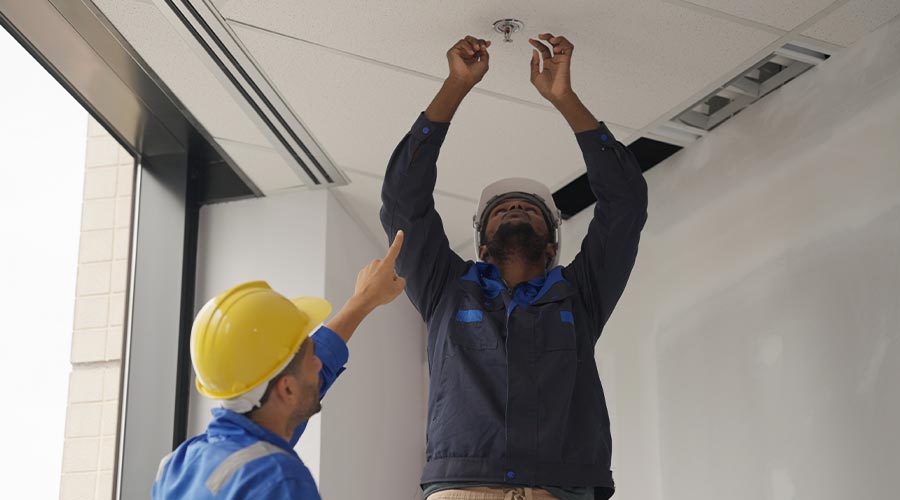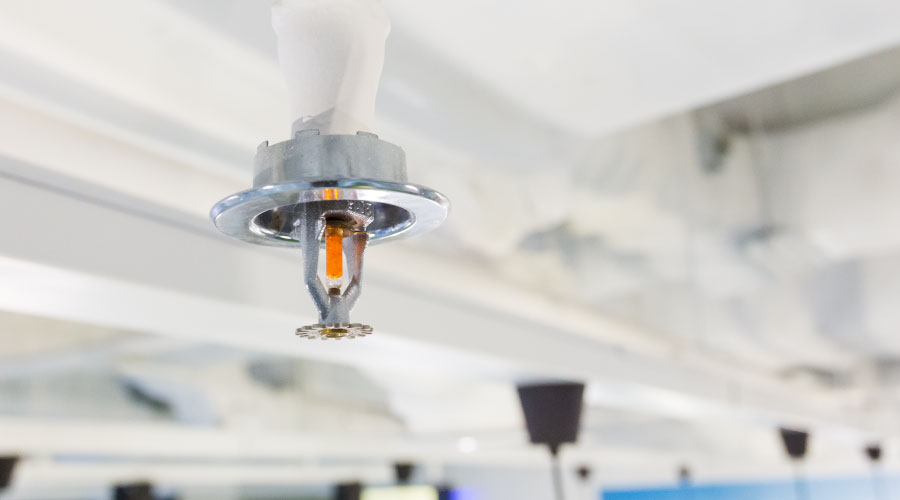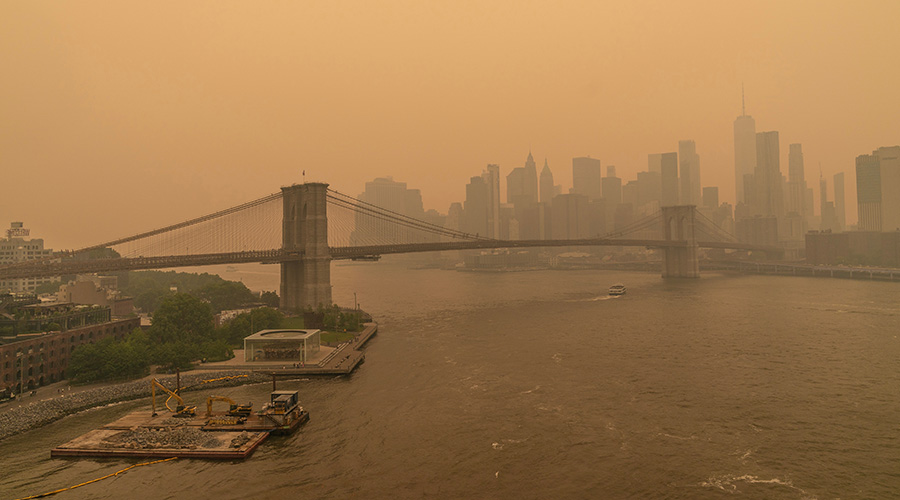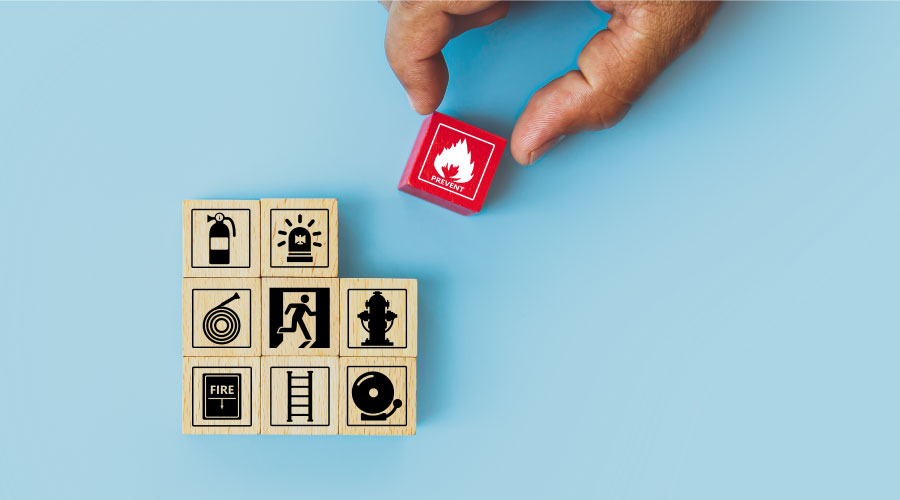fire safety, sustainability, green roof, photovoltaics, natural ventilation,
With the focus on green and sustainability, all sorts of new systems and approaches could potentially impact fire safety. Are there any products or processes that facility managers should take into consideration?
I don't think they're causing problems yet, but there is a recognition in the fire protection community that some of these green building technologies are potentially going to be a challenge and need to be addressed.
For example, the photovoltaic collector panels on a roof present obstructions to the fire department, which needs sometimes to have access to the roof. And the photovoltaics present hazards to the fire fighters on the roof because they generate electricity and can't really be turned off. They need to be carefully handled so people don't get shocked.
There are also certain passive designs of some buildings’ exterior walls. Some of the designs use a double exterior wall to create natural ventilation due to the stack effect. It's very cleverly done and sometimes very nice looking. But what that does is create a vehicle for floor-to-floor fire spread. If a fire gets out of a window into this chase, it can rapidly spread vertically up the side of a building. Because of the second exterior wall, the fire department will have very little effect on extinguishing that fire from the outside, because that fire is essentially in a glass chase. That presents challenges to floor-to-floor spread, so we're also very concerned about the materials and methods of construction of that exterior wall. The way to mitigate the spread potential is to make sure the building has appropriate sprinkler protection from a reliable water supply.
Green roofs are potentially an issue if they're allowed to dry out, as we're seeing in some parts of the country where they're having droughts. These green roofs may end up being not so green. They can dry out and provide a potential for a roof fire and a building-to-building fire. They make it difficult for fire fighters to access the roof and if the wind is blowing in the wrong direction, and could create embers that could ignite the next building's green roof.
The ICC has developed a “Green Code” and they suggest that their codes have been developed with fire safety in mind. To a degree that's true. To a degree that's not true. There are still issues that they rely on the building codes and the fire codes to address. Just because something is allowed in the Green Code doesn't mean that all of the requirements in the Building Code and Fire Code don't apply. They do apply. I think there's a potential for some of these new products and installation methods that have not been time-proven to appear to be OK and then in practice find out that they're not OK.
So, as new products come onto the market, they generally present challenges to fire safety. For example, the better insulating materials, the foam plastics, tend to be more combustible. How they're used, how they're installed and the materials themselves need to be carefully reviewed. We try to do that on a project-by-project basis with clients.
Related Topics:














